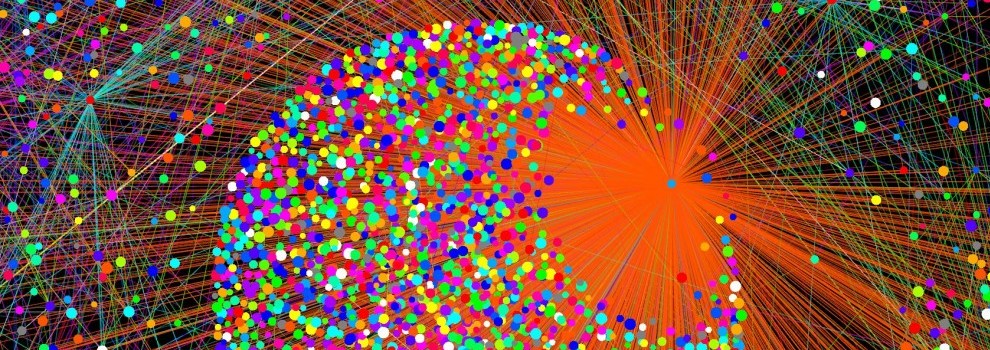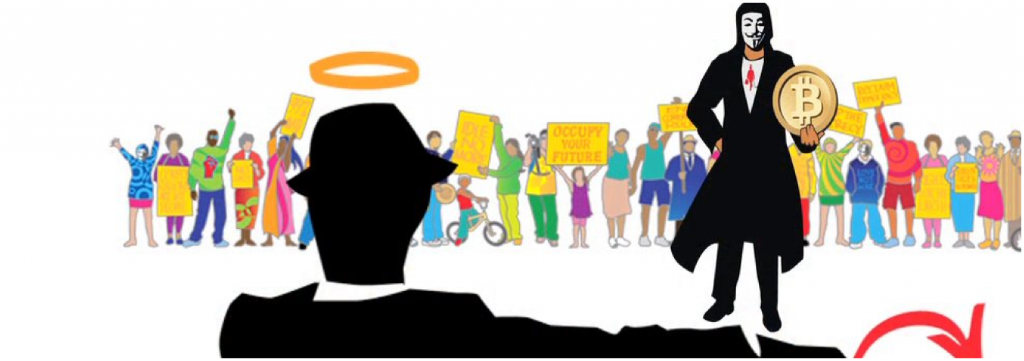In order to create a broad appeal for the concepts behind cryptocurrencies clear communication is crucial. Some of the terminology used in describing Bitcoin has been widely accepted, and taken as a given, almost unchangeable feature of cryptocurrencies. Other, more precisely codified components of the protocol can be changed as long as there is consensus around the usefulness of this change and more than 50% of the people running the Bitcoin network accept the new version. The metaphors and the corresponding terms used to describe how Bitcoin works can also be updated, or even radically changed, if we think that the change would provide value. Why would we do that? As Bitcoin becomes mainstream, or aims to do so, one of the most important hurdles to overcome going beyond the early adopter crowd, is to be able to clearly explain what Bitcoin is and what are its advantages. The more effective we are in this, the faster it will be understood and the number of its users will increase more rapidly.
The Weight Of False Analogies
One of the fundamental concepts of the Bitcoin protocol and corresponding network is the Blockchain, the public ledger of transactions that lists every sender address, recipient address and the amount that has been transferred using Bitcoin. The computers participating in the global distributed effort to cryptographically encode the chain of transactions play a fundamental role. Explaining what they do and why they do it is an extremely valuable part of making Bitcoin understood by everybody. Traditionally we called this activity of the computers mining, and their operators miners.
Are the images and analogies that the mining metaphor applied to Bitcoin brings into our minds useful? If there are these advantages to choose, do the advantages weigh more than disadvantages, or is it the other way around? The origin of the mining metaphor comes from the fact that money used to be represented by coins minted from precious metals. The scarcity of gold and silver use for coins, and the mining operations around them to extract them from locations around the world where they could be found, has its own lore, and charisma. Traditional economic theory requires this scarcity as a direct cause of the value of gold, and as a consequence of the coins minted from gold. Since we wanted bitcoins to be perceived as precious, and also their maximum number is set by the protocol and they appear to be consequently scarce, it looked like the mining metaphor could work. And we started using it.
There are however too many things that all this talk about mining implies that not only don’t apply, but are actually harmful to understanding Bitcoin: the imagery that comes with it of shiny golden coins, which link us to old perceptions of what the nature of Bitcoin is, and how it should be handled; the selfish activity of the miners, the gold rush, where the metal which is intrinsically useful in some industrial process, or in electronics, gets whipped to ridiculous valuations; the value of gold as investment… These and others don’t apply or only very weakly apply to Bitcoin, but we bring them with us nonetheless with the power of the words we accepted.
Weaving and Weavers: the First Automation
A different metaphor however, coming from a completely different area of economic endeavor, could be better for several reasons. We could use the term weaving for the activity of the computers, and we could call their operators weavers, referring to a metaphor from the textile industry. The weavers take the intertwined threads and through their expert, value added activity create a strong fabric – which is exactly what the global distributed network of computers creating the Bitcoin Blockchain does!
And think about it! Weaving machines were the first ones to be automated at the beginning of the nineteenth century. The Jacquard looms’ punch cards, which allowed any pattern to be programmed by experts, are nothing less than predecessors of the perforated cards programming our first computers. The rhythm of the weft and warp being locked together, forming the textile is the ten minute heartbeat of Bitcoin network.
Now, of course, no metaphor should go too far; no analogy can be perfect. I am sure we can easily find elements of the textile industry and of the activity of weaving that don’t apply to Bitcoin. But that is okay, as long as many of us believe that what it represents, with its imagery of a rich tapestry of variable and exotic fabric, is a step in the right direction.
The goal of course is to go beyond the early adopters, to be able to talk to a larger audience, with friendly, familiar expressions that can be easily understood – to all kinds of demographics, beyond the geeks, and the libertarians. Could women be more easily drawn into the world of Bitcoin if we spoke about weaving the fabric of global financial emancipation? Could this result in a more attractive mental image than the macho world of secretive, solitary miners searching for gold?
The weaver metaphor extends beautifully to all the applications of the Bitcoin protocol beyond payments, too. What are these applications? Well, obviously, they are the emerging patterns in the fabric as encoded in the Blockchain! Different applications can overlap, and coexist, creating an ever richer tapestry.
And what about separate entities in the ecosystem, like Ethereum, Ripple, and others? They can be thought of as a separate fabric on additional looms, may be designed differently, which work to weave their own patterns.
Path Dependence of Our Memetic Future
The inspiration of our narratives matters, whether we think of the kinds of spaceships we design because of what Star Trek showed us, or imagine new social organizations based on a science fiction universe of a favorite author. The technology choices we make generate lock-in, and the ecosystem of solutions, and applications built on them makes it hard to change things after the fact.
Unlike our eyes wired backwards in their sockets, which need the very sensors be punched through to send the signals into our brains (all true!), like a television screen designed by a drunken joker, we must make sure that this narrative for Bitcoin, and the inspiration to a generation of designers and coders creates sustainable dependencies.
Let’s Design Many Fruitful Metaphors!
It is a fun game: instead of lazily accepting what we are told, what new, and clever ways to talk about Bitcoin can we come up with? It is not too late, and we can for sure find a receptive audience to our attempts to explain the wonders and the promise of cryptocurrencies: with friends, business associates, in our families or at conferences when we address a larger audience, giving an interview to journalists, or writing a blog post. Try it next time, and let’s see what happens. If the weavers’ metaphor takes hold, it will have possibly meant a step in the right direction for a global acceptance of Bitcoin.
The post Weaving Is A Better Metaphor for Bitcoin, Instead of Mining appeared first on Bitcoin Magazine.














